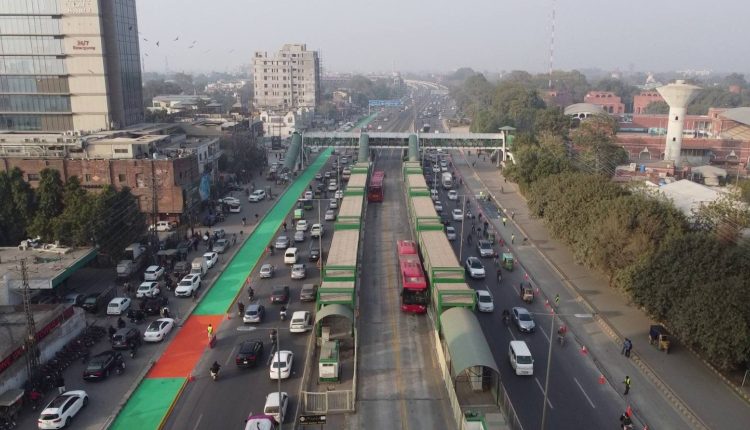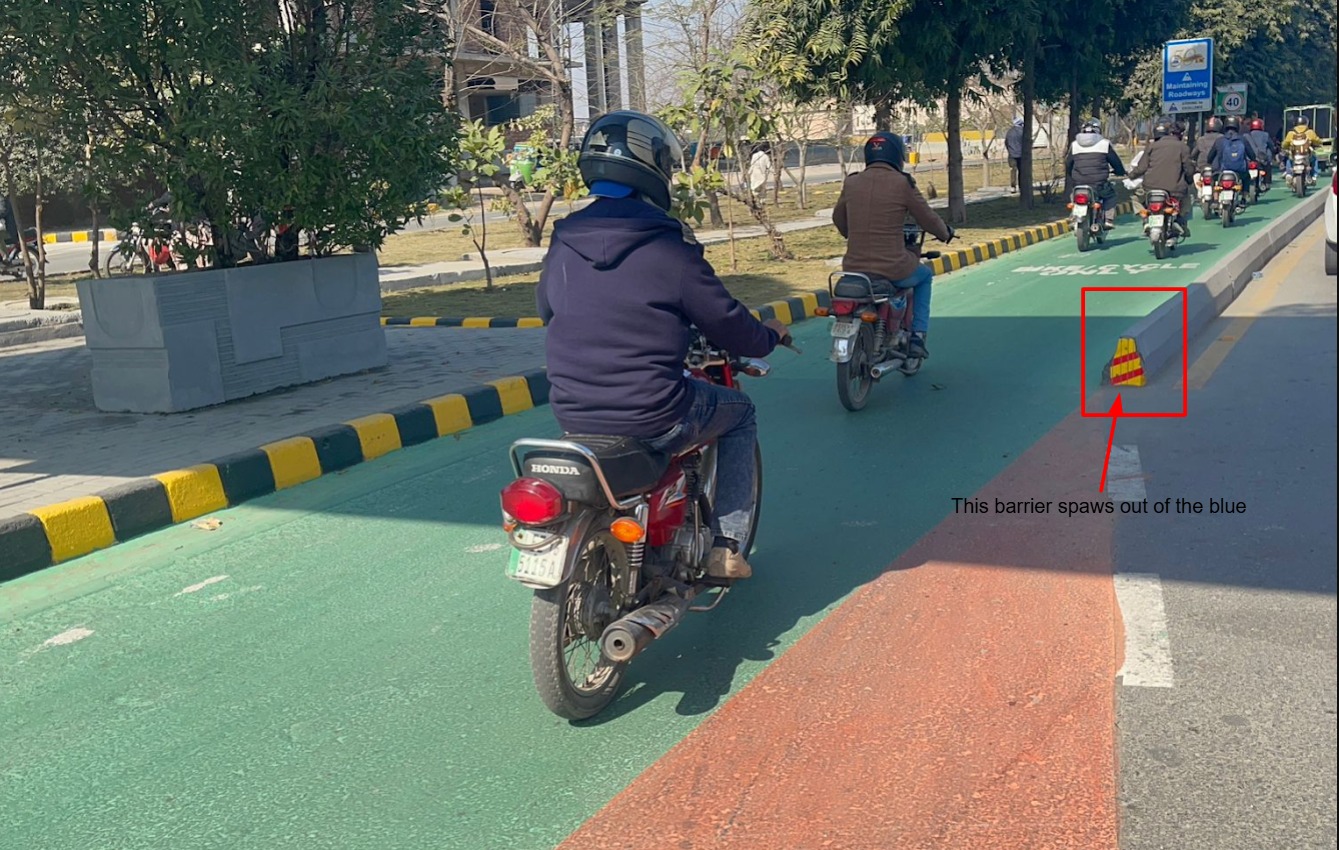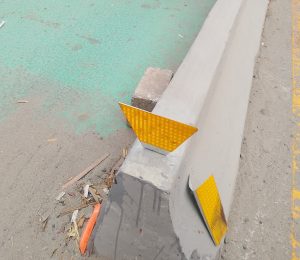Separate Bike Lane in Lahore – Solution or a Problem?
In a 2023 annual report, Lahore City Traffic revealed data on traffic violations in the city during 2023. Not surprisingly, the bikers became on the top with 3,371,000 breaches. “Out of 4.8 million, most violations were done by the bikers in Lahore,” the police mentioned in a tweet. This is a serious issue and to resolve it, the Punjab government took an important step.
Just a few days ago, the Lahore Development Authority (LDA) introduced a new bike lane on Ferozepur Road to better manage traffic flow and promote safer commuting. Many people appreciate this effort to reduce congestion and create a more orderly system, while others believe it might be an unnecessary expense. The debate continues as Lahoris try out the new lane and see how it fits into their daily commute.
Let us give you an overview of everything you need to know about this bike lane in Lahore.
Starting and Ending of Bike Lane
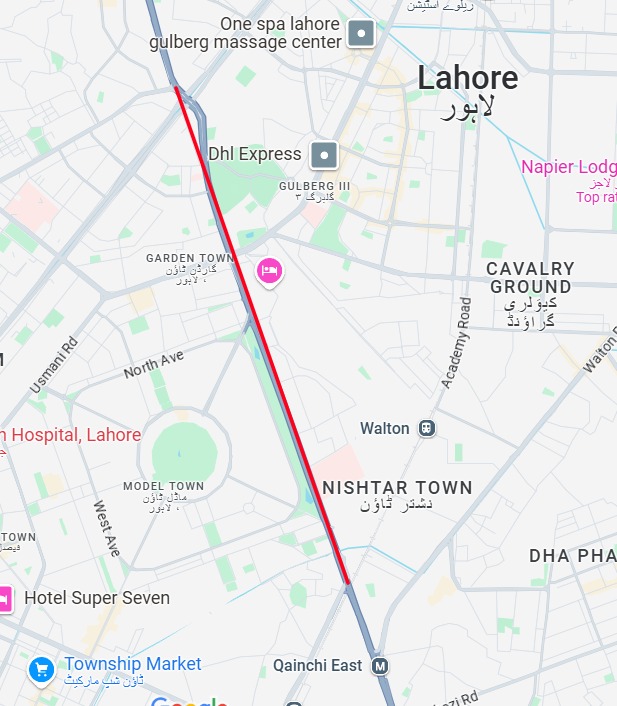 This dedicated bike lane begins at the Kecheri Flyover near Arfa Karim Tower and stretches up to the Qaddafi Stadium flyover, totaling about 6 kilometers on both sides of the road. LDA took roughly 27 days to build the lane, and during construction, paint trucks and boxes could be seen to paint lanes in green and red. The idea was to create a clearly marked path that makes it simpler for bikers and cyclists to ride without interference from four-wheeler vehicles.
This dedicated bike lane begins at the Kecheri Flyover near Arfa Karim Tower and stretches up to the Qaddafi Stadium flyover, totaling about 6 kilometers on both sides of the road. LDA took roughly 27 days to build the lane, and during construction, paint trucks and boxes could be seen to paint lanes in green and red. The idea was to create a clearly marked path that makes it simpler for bikers and cyclists to ride without interference from four-wheeler vehicles.
Color Coded System
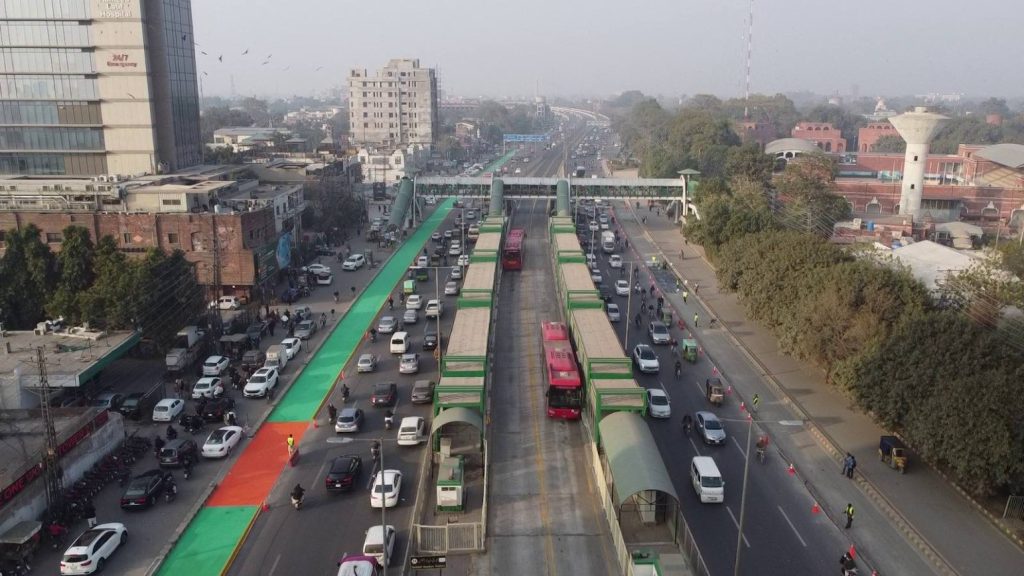 The new lane follows a color-coded system to help every driver understand where they belong. The green road section with concrete barriers is strictly for bikes and cycles. Riders don’t have to worry about sudden lane changes by cars in this area, as no other vehicles are allowed in it, and no other vehicle can jump into that lane due to that concrete barrier.
The new lane follows a color-coded system to help every driver understand where they belong. The green road section with concrete barriers is strictly for bikes and cycles. Riders don’t have to worry about sudden lane changes by cars in this area, as no other vehicles are allowed in it, and no other vehicle can jump into that lane due to that concrete barrier.
Next, there’s a green section with broken white lines but no barrier. In this part, other vehicles can cross over if they need to, such as when making a turn, but they shouldn’t continue driving in it.
Then there’s the orange lane, which other vehicles can cross and even remain on briefly if needed. It’s there for drivers who might have to stop and take a turn, as well as for public transport, including rickshaws and buses, to load and unload the passengers.

